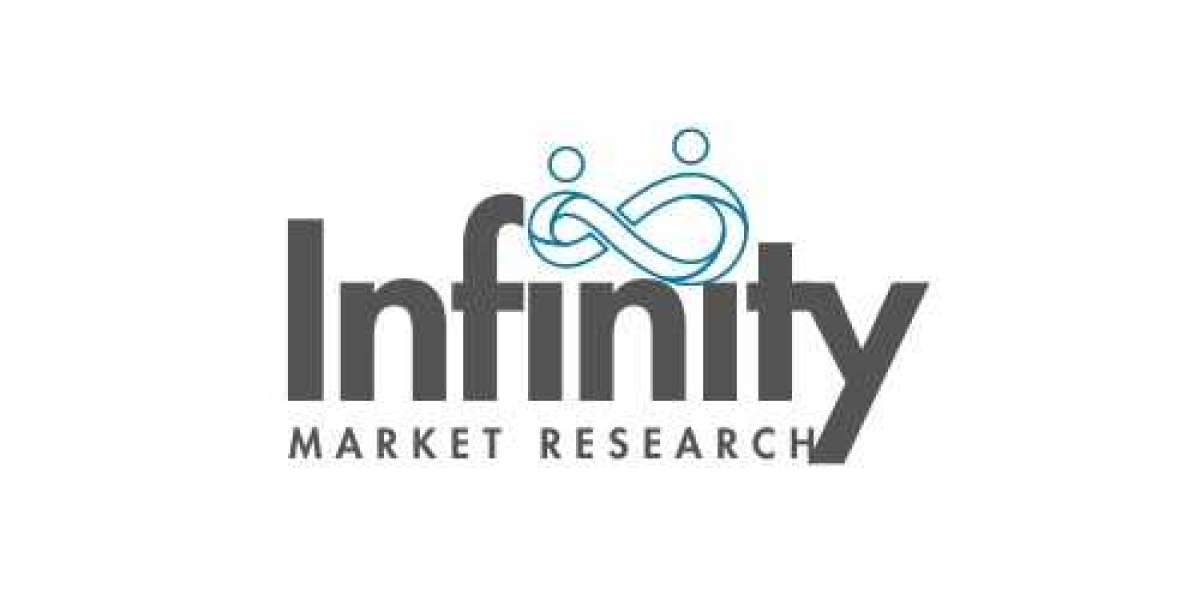


The size of the global sports wear market is anticipated to increase from USD 192.0 billion in 2023 to approximately USD 350.7 billion by 2033
The sportswear market, a dynamic segment of the global apparel industry, has experienced remarkable growth over the past decade. This expansion is driven by rising health consciousness, increasing participation in sports and fitness activities, and the athleisure trend, which blurs the lines between athletic wear and casual fashion. This multifaceted market includes apparel, footwear, and accessories designed for various sports and fitness activities.
The size of the global sports wear market is anticipated to increase from USD 192.0 billion in 2023 to approximately USD 350.7 billion by 2033, with a compound annual growth rate (CAGR) of 6.2% from 2023 to 2033.
Market Dynamics
Health and Fitness Trends
A significant driver of the sportswear market is the growing awareness of health and fitness. With more people adopting active lifestyles, there is a higher demand for comfortable, functional, and stylish sportswear. The COVID-19 pandemic further accentuated this trend as people sought ways to stay fit at home, leading to a surge in home workouts and a corresponding rise in demand for sportswear.
Athleisure
The athleisure trend, which combines athletic and leisurewear, has transformed the sportswear market. Athleisure appeals to consumers seeking versatile clothing that is suitable for both exercise and everyday activities. This trend has led to the incorporation of sportswear elements into mainstream fashion, blurring the lines between traditional sportswear and casual wear. Brands like Lululemon, Nike, and Adidas have capitalized on this trend by offering stylish, functional, and comfortable apparel that can be worn in various settings.
Market Segmentation
The sportswear market is broadly segmented into apparel, footwear, and accessories.
Apparel
Sports apparel includes clothing items like T-shirts, shorts, leggings, jackets, and sports bras. Innovations in fabric technology, such as moisture-wicking, antimicrobial, and breathable materials, have enhanced the performance and comfort of sports apparel. Brands are continually investing in research and development to create products that meet the evolving needs of consumers. For example, Nike’s Dri-FIT technology and Under Armour’s HeatGear are designed to keep athletes dry and comfortable during intense workouts.
Footwear
The sports footwear segment encompasses running shoes, training shoes, hiking shoes, and specialty sports shoes. Technological advancements in cushioning, support, and stability have made modern sports shoes more efficient and comfortable. Customization options, such as 3D-printed insoles and personalized fitting services, are also becoming popular, catering to individual preferences and enhancing performance.
Accessories
Sports accessories include items like caps, socks, gloves, and bags. These products, though often considered supplementary, play a crucial role in enhancing the overall sports experience. For instance, compression socks aid in muscle recovery, and sports gloves improve grip and protection during activities.
Key Players and Competitive Landscape
The sportswear market is dominated by global giants like Nike, Adidas, Puma, and Under Armour. These companies invest heavily in marketing, endorsements, and sponsorships to build brand loyalty and visibility. Collaborations with athletes and celebrities, innovative product launches, and strategic acquisitions are common strategies employed to maintain competitive advantage.
Nike, the market leader, is known for its extensive product range, innovative technologies, and strong brand presence. The company’s “Just Do It” campaign and collaborations with athletes like Michael Jordan and Serena Williams have cemented its position in the market. Adidas, with its focus on sustainability and innovation, has also made significant strides. The brand’s Ultraboost and Yeezy lines have garnered a substantial following, contributing to its market share.
Regional Insights
The sportswear market exhibits regional variations based on consumer preferences, economic conditions, and cultural factors. North America and Europe are mature markets with high levels of health consciousness and sports participation. These regions are characterized by a strong presence of major brands and high per capita expenditure on sportswear.
Get Fre Sample Cop Of Report: https://infinitymarketresearch.com/request-sample/1128
Key Players:
Nike Inc., Adidas, Puma SE, Lululemon Athletica Inc., Under Armour Inc., Umbro, Columbia Sportswear Company, Anta Sports, Li Ning Group, Other Key Players.
Sustainability and Innovation
Sustainability has become a crucial consideration in the sportswear market. Consumers are increasingly seeking eco-friendly products, prompting brands to adopt sustainable practices. Adidas’ use of recycled ocean plastic in its products and Nike’s Move to Zero campaign, aimed at reducing carbon and waste, are examples of such initiatives.
Future Outlook
The sportswear market is poised for continued growth, driven by ongoing health and fitness trends, technological advancements, and the athleisure phenomenon. As consumers prioritize comfort, performance, and sustainability, brands that can innovate and adapt to changing preferences will thrive. The market’s evolution will likely see further integration of technology, personalized experiences, and sustainable practices, shaping the future of sportswear.
